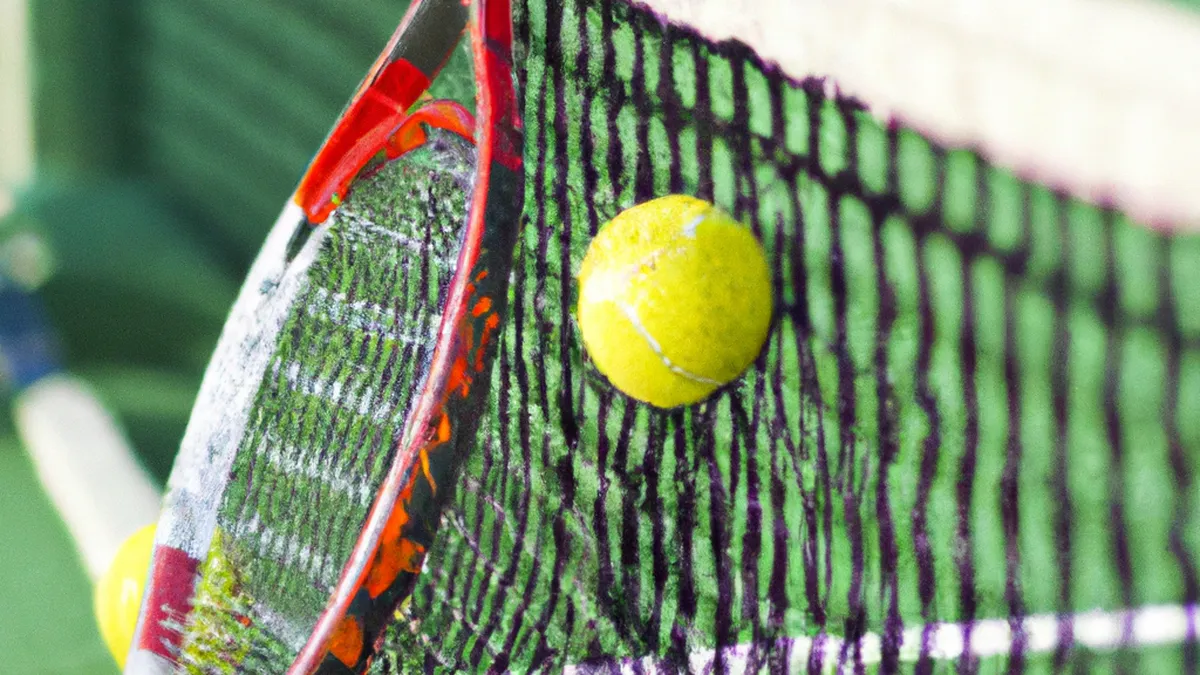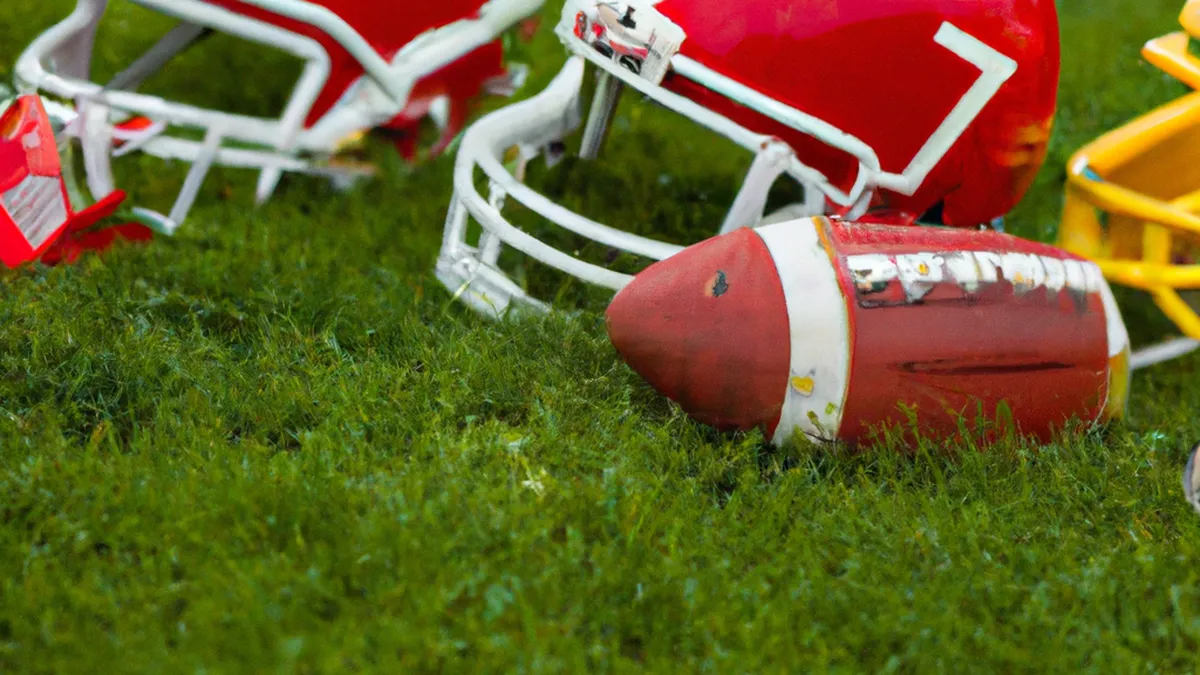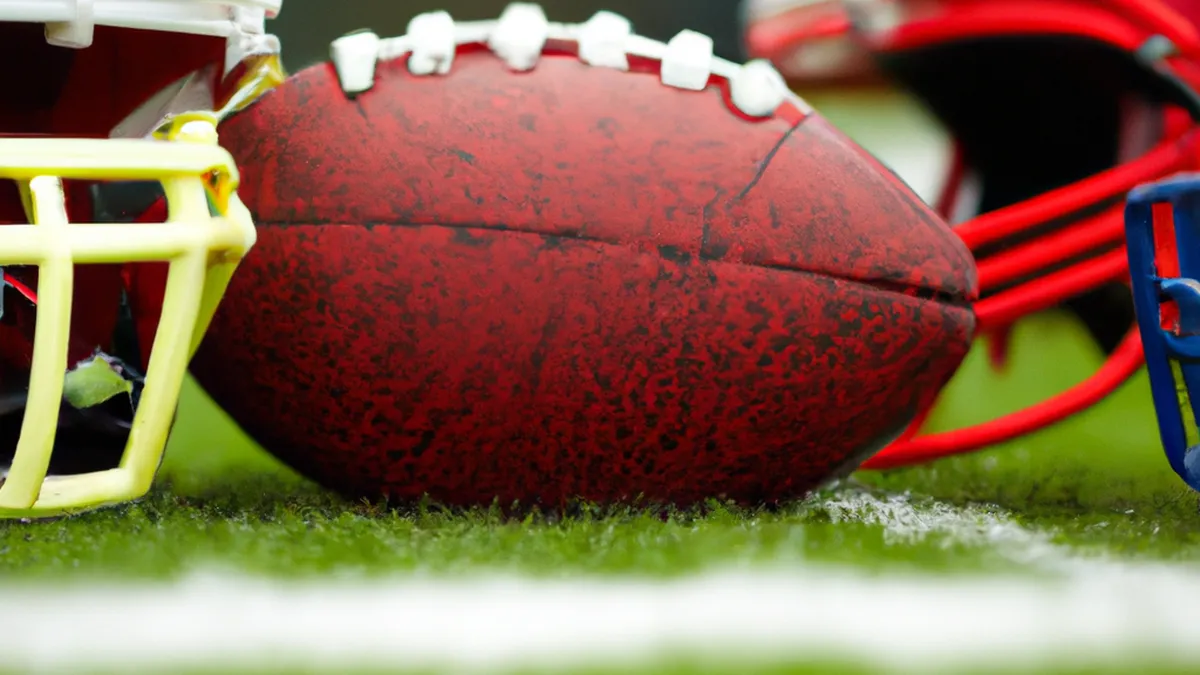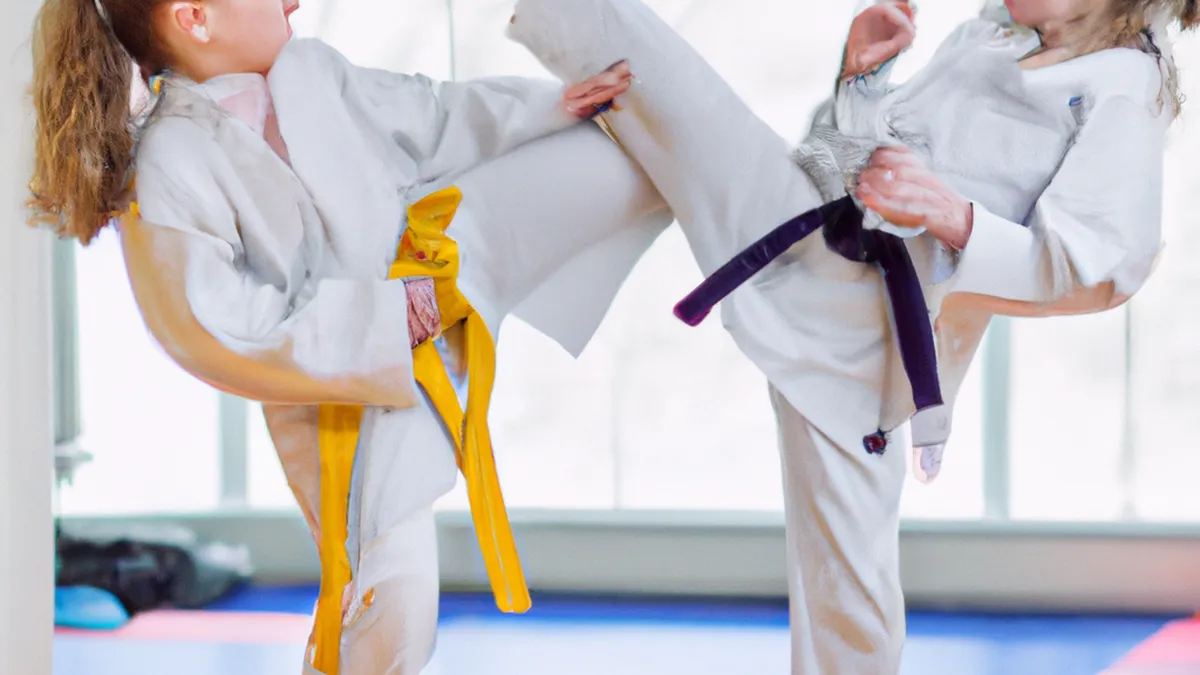Forehand Secrets Every Player Should Know
Mastering the Forehand Stroke MechanicsThe forehand stroke is essential in tennis and a key offensive strategy. It often influences match outcomes, so both beginners and professionals must perfect it. This blog post explores the mechanics of the forehand stroke, including grip, stance, and swing path. We also offer tips to enhance your technique and highlight the benefits of mastering this skill.
Understanding the Forehand Stroke
To master the forehand stroke, grasp its key components. Perfecting each part enables you to hit powerful, accurate shots.
Grip
The grip forms the foundation of your forehand. It impacts your control, power, and spin. Most players use the Eastern or Semi-Western grip. The Eastern grip allows quick adjustments and offers more control for flat shots. The Semi-Western grip generates more topspin, helping players hit high balls with arc. Choose a comfortable grip, as it significantly influences your performance.
Stance
Your stance establishes a successful forehand. Position your feet shoulder-width apart for stability. This stance provides balance and facilitates effective weight transfer during your swing. As the ball approaches, pivot on your back foot and shift your weight forward. This movement generates power and maintains balance throughout your stroke.
Swing Path
The swing path is crucial for power and spin. Start your swing with a low-to-high motion, creating a loop for momentum. Aim to contact the ball in front of your body for optimal timing and control. A low-to-high swing path creates topspin, keeping the ball in play and challenging your opponent. Finish your stroke with your racket above your shoulder to complete the motion.
Tips for Perfecting Your Forehand Stroke
As an Amazon Associate I earn from qualifying purchases.
Gear tip: consider tennis racket, tennis balls, and overgrip to support this topic.
Practice and attention to detail improve your forehand stroke. Use these essential tips to refine your technique and elevate your game.
Focus on Footwork
Good footwork enhances your forehand. Stay light on your toes and remain ready to move. As the ball approaches, position yourself for the best shot angle. Quick movements help you hit the ball at the right moment and from the ideal spot. Practice lateral and forward movements to improve footwork and maintain balance during your stroke.
Engage Your Core
Engage your core muscles for stability and power during your forehand. A strong core supports your swing, improving rotation and weight transfer. Incorporate core-strengthening exercises into your routine.
Conclusion
Mastering the forehand stroke requires understanding its mechanics and consistent practice. Focus on grip, stance, swing path, and footwork to enhance your technique.
Below are related products based on this post:
FAQ
What are the key components of the forehand stroke?
The key components of the forehand stroke include grip, stance, and swing path. Each part plays a crucial role in enabling players to hit powerful and accurate shots. Mastering these components is essential for both beginners and professionals.
How does grip affect the forehand stroke?
The grip is foundational to the forehand stroke as it impacts control, power, and spin. Most players opt for the Eastern or Semi-Western grip, with each offering unique advantages. A comfortable grip significantly influences overall performance.
Why is footwork important in executing a forehand stroke?
Good footwork is essential for enhancing the forehand stroke. It allows players to position themselves effectively for the best shot angle and maintain balance during the swing. Practicing quick movements improves timing and shot accuracy.















Post Comment